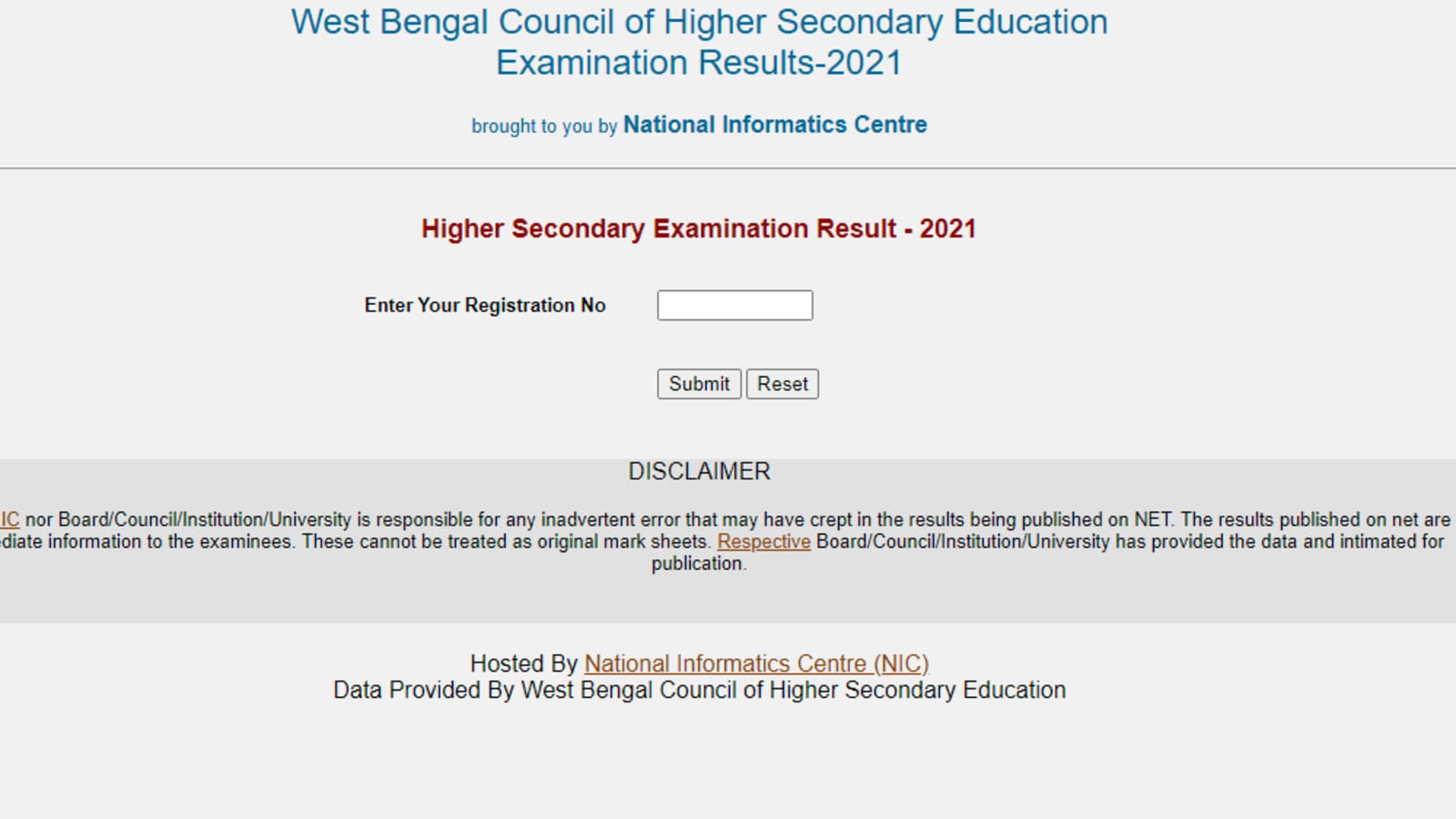Class 12 chemistry syllabus 2022-23 | CBSE class 12 chemistry syllabus 2022-23 | Detailed | Direct Link PDF Download
Class 12 Chemistry Syllabus 2022-23 - The present updated syllabus keeps in view the rigor and depth of disciplinary approach as well as the comprehension level of learners. Download PDF from here : Click Here

Class 12 chemistry syllabus 2022-23 | CBSE class 12 chemistry syllabus 2022-23 | Detailed | Direct Link PDF Download | Chemistry syllabus pdf download
Class 12 Chemistry Syllabus 2022-23 Can be downloaded from thid article as we had provided you the detailed Class 12 Chemistry Syllabus 2022-23 for free. Senior Secondary stage of school education is a stage of transition from general education to discipline-based focus on curriculum. Class 12 Chemistry Syllabus 2022-23 - The present updated syllabus keeps in view the rigor and depth of disciplinary approach as well as the comprehension level of learners. Due care has also been taken that the syllabus is comparable to the international standards. Salient features of the syllabus include:
- Emphasis on basic conceptual understanding of the content.
- Emphasis on use of SI units, symbols, nomenclature of physical quantities and formulations as per international standards.
- Providing logical sequencing of units of the subject matter and proper placement of concepts with their linkage for better learning.
- Reducing the curriculum load by eliminating overlapping of concepts/content within the discipline and other disciplines.
- Promotion of process-skills, problem-solving abilities and applications of Physics concepts.
Besides, the syllabus also attempts to
- Strengthen the concepts developed at the secondary stage to provide firm foundation for further learning in the subject.
- Expose the learners to different processes used in Physics-related industrial and technological applications.
- Develop process-skills and experimental, observational, manipulative, decision making and investigatory skills in the learners.
- Promote problem solving abilities and creative thinking in learners.
- Develop conceptual competence in the learners and make them realize and appreciate the interface of Physics with other disciplines.
CBSE Syllabus for Class 12 Chemistry is available for students to prepare for the 2022-23 academic year. Chemistry is one of the basic branches of Science that deals with the properties, structure, and constituents of matter or substance and its interactions with other forms of matter. Students need to know the CBSE Syllabus for Class 12 Chemistry before beginning their academic year 2022-2023. It will give them an idea of the chapters and units of the CBSE Class 12. The Board conducts studies and research before modifying or prescribing the Syllabus for Class 12 Chemistry. Below, we have provided the CBSE Syllabus for Class 12 Chemistry 2022-23 PDF for free downloading.
DOWNLOAD Class 12 Chemistry Syllabus 2022-23 | FREE DOWNLOAD FROM BELOW LINKS

CBSE Class 12 Chemistry Syllabus 2022-23
Check CBSE Class 12 Chemistry Syllabus 2022-23 below:
|
S. No. |
Title |
Marks |
|
1 |
Solutions |
7 |
|
2 |
Electrochemistry |
9 |
|
3 |
Chemical Kinetics |
7 |
|
4 |
d -and f -Block Elements |
7 |
|
5 |
Coordination Compounds |
7 |
|
6 |
Haloalkanes and Haloarenes |
6 |
|
7 |
Alcohols, Phenols and Ethers |
6 |
|
8 |
Aldehydes, Ketones and Carboxylic Acids |
8 |
|
9 |
Amines |
6 |
|
10 |
Biomolecules |
7 |
|
|
Total |
70 |
DOWNLOAD Class 12 Chemistry Syllabus 2022-23 | FREE DOWNLOAD FROM BELOW LINKS
NCERT Solutions for Class 12 Chemistry
Unit 2: Solutions (15 Periods)
Types of solutions, expression of concentration of solutions of solids in liquids, solubility of gases in liquids, solid solutions, Raoult's law, colligative properties - relative lowering of vapour pressure, elevation of boiling point, depression of freezing point, osmotic pressure, determination of molecular masses using colligative properties, abnormal molecular mass, Van't Hoff factor.
Unit 3: Electrochemistry (18 Periods)
Redox reactions, EMF of a cell, standard electrode potential, Nernst equation and its application to chemical cells, Relation between Gibbs energy change and EMF of a cell, conductance in electrolytic solutions, specific and molar conductivity, variations of conductivity with concentration, Kohlrausch's Law, electrolysis and law of electrolysis (elementary idea), dry cell-electrolytic cells and Galvanic cells, lead accumulator, fuel cells, corrosion.
Unit 4: Chemical Kinetics (15 Periods)
Rate of a reaction (Average and instantaneous), factors affecting rate of reaction: concentration, temperature, catalyst; order and molecularity of a reaction, rate law and specific rate constant, integrated rate equations and half-life (only for zero and first order reactions), concept of collision theory (elementary idea, no mathematical treatment), activation energy, Arrhenius equation.
DOWNLOAD Class 12 Chemistry Syllabus 2022-23 | FREE DOWNLOAD FROM BELOW LINKS
Unit 8: d and f Block Elements (18 Periods)
General introduction, electronic configuration, occurrence and characteristics of transition metals, general trends in properties of the first-row transition metals – metallic character, ionization enthalpy, oxidation states, ionic radii, colour, catalytic property, magnetic properties, interstitial compounds, alloy formation, preparation and properties of K2Cr2O7 and KMnO4.
Lanthanoids – Electronic configuration, oxidation states, chemical reactivity and lanthanoid contraction and its consequences.
Actinoids - Electronic configuration, oxidation states and comparison with lanthanoids.
Unit 9: Coordination Compounds (18 Periods)
Coordination compounds - Introduction, ligands, coordination number, colour, magnetic properties and shapes, IUPAC nomenclature of mononuclear coordination compounds. Bonding, Werner's theory, VBT, and CFT; structure and stereoisomerism, the importance of coordination compounds (in qualitative analysis, extraction of metals and biological system).
Unit 10: Haloalkanes and Haloarenes (15 Periods)
Haloalkanes: Nomenclature, nature of C–X bond, physical and chemical properties, optical rotation mechanism of substitution reactions.
Haloarenes: Nature of C–X bond, substitution reactions (Directive influence of halogen in monosubstituted compounds only). Uses and environmental effects of - dichloromethane, trichloromethane, tetrachloromethane, iodoform, freons, DDT.
Unit 11: Alcohols, Phenols and Ethers (14 Periods)
Alcohols: Nomenclature, methods of preparation, physical and chemical properties (of primary alcohols only), identification of primary, secondary and tertiary alcohols, mechanism of dehydration, uses with special reference to methanol and ethanol.
Phenols: Nomenclature, methods of preparation, physical and chemical properties, acidic nature of phenol, electrophilic substitution reactions, uses of phenols.
Ethers: Nomenclature, methods of preparation, physical and chemical properties, uses.
Unit 12: Aldehydes, Ketones and Carboxylic Acids (15 Periods)
Aldehydes and Ketones: Nomenclature, nature of carbonyl group, methods of preparation, physical and chemical properties, mechanism of nucleophilic addition, reactivity of alpha hydrogen in aldehydes, uses.
Carboxylic Acids: Nomenclature, acidic nature, methods of preparation, physical and chemical properties; uses.
Unit 13: Amines (14 Periods)
Amines: Nomenclature, classification, structure, methods of preparation, physical and chemical properties, uses, identification of primary, secondary and tertiary amines
Diazonium salts: Preparation, chemical reactions and importance in synthetic organic chemistry.
Unit 14: Biomolecules (18 Periods)
Carbohydrates - Classification (aldoses and ketoses), monosaccharides (glucose and fructose), D-L configuration oligosaccharides (sucrose, lactose, maltose), polysaccharides (starch, cellulose, glycogen); Importance of carbohydrates.
Proteins - Elementary idea of - amino acids, peptide bond, polypeptides, proteins, structure of proteins - primary, secondary, tertiary structure and quaternary structures (qualitative idea only), denaturation of proteins; enzymes.
Hormones - Elementary idea excluding structure.
Vitamins - Classification and functions.
Nucleic Acids: DNA and RNA.
-------------------------------------------------------------------------------------------------------------------
DOWNLOAD FROM THE GIVEN BELOW LINK FOR FREE -
DOWNLOAD Class 12 Chemistry Syllabus 2022-23 | FREE DOWNLOAD
-------------------------------------------------------------------------------------------------------------------
CBSE Class 11 Chemistry Syllabus 2022-23
Class 11 Chemistry Syllabus 2022-23: Unit 1
Class 11 Chemistry Syllabus 2022-23 Unit 1: Some Basic Concepts of Chemistry
General Introduction: Importance and scope of Chemistry. Nature of matter, laws of chemical combination, Dalton’s atomic theory: concept of elements, atoms and molecules. Atomic and molecular masses, mole concept and molar mass, percentage composition, empirical and molecular formula, chemical reactions, stoichiometry and calculations based on stoichiometry.
Class 11 Chemistry Syllabus 2022-23: Unit 2
Class 11 Chemistry Syllabus 2022-23 Unit 2: Structure of Atom
Discovery of Electron, Proton and Neutron, atomic number, isotopes and isobars. Thomson’s model and its limitations. Rutherford’s model and its limitations, Bohr’s model and its limitations, the concept of shells and subshells, dual nature of matter and light, de Broglie’s relationship, Heisenberg uncertainty principle, concept of orbitals, quantum numbers, shapes of s, p and d orbitals, rules for filling electrons in orbitals – Aufbau principle, Pauli’s exclusion principle and Hund’s rule, electronic configuration of atoms, stability of half-filled and completely filled orbitals.
Class 11 Chemistry Syllabus 2022-23: Unit 3
Class 11 Chemistry Syllabus 2022-23 Unit 3: Classification of Elements and Periodicity in Properties
Significance of classification, brief history of the development of periodic table, modern periodic law and the present form of periodic table, periodic trends in properties of elements -atomic radii, ionic radii, inert gas radii, Ionization enthalpy, electron gain enthalpy, electronegativity, valency. Nomenclature of elements with atomic number greater than 100.
Chemistry Class 11 Syllabus 2022-23: Unit 4
Class 11 Chemistry Syllabus 2022-23 Unit 4: Chemical Bonding and Molecular Structure
Valence electrons, ionic bond, covalent bond, bond parameters, Lewis’s structure, polar character of covalent bond, covalent character of ionic bond, valence bond theory, resonance, geometry of covalent molecules, VSEPR theory, concept of hybridization, involving s, p and d orbitals and shapes of some simple molecules, molecular orbital theory of homonuclear diatomic molecules (qualitative idea only), Hydrogen bond.
Chemistry Class 11 Syllabus CBSE 2022-23: Unit 5
Class 11 Chemistry Syllabus 2022-23 Unit 5: Chemical Thermodynamics
Concepts of System and types of systems, surroundings, work, heat, energy, extensive and intensive properties, state functions. First law of thermodynamics -internal energy and enthalpy, heat capacity and specific heat, measurement of ΔU and ΔH, Hess’s law of constant heat summation, enthalpy of bond dissociation, combustion, formation, atomization, sublimation, phase transition, ionization, solution and dilution. Second law of Thermodynamics (brief introduction) Introduction of entropy as a state function, Gibb’s energy change for spontaneous and non- spontaneous processes, criteria for equilibrium. Third law of thermodynamics (brief introduction).
Chemistry Class 11 Syllabus 2022-23: Unit 6
Class 11 Chemistry Syllabus 2022-23 Unit 6: Equilibrium
Equilibrium in physical and chemical processes, dynamic nature of equilibrium, law of mass action, equilibrium constant, factors affecting equilibrium – Le Chatelier’s principle, ionic equilibrium- ionization of acids and bases, strong and weak electrolytes, degree of ionization, ionization of poly basic acids, acid strength, concept of pH, hydrolysis of salts (elementary idea), buffer solution, Henderson Equation, solubility product, common ion effect (with illustrative = examples).
Chemistry Class 11 Syllabus 2022-23: Unit 7
Class 11 Chemistry Syllabus 2022-23 Unit 7: Redox Reactions
Concept of oxidation and reduction, redox reactions, oxidation number, balancing redox reactions, in terms of loss and gain of electrons and change in oxidation number, applications of redox reactions.
Chemistry Class 11 Syllabus 2022-23: Unit 8
Class 11 Chemistry Syllabus 2022-23 Unit 8: Organic Chemistry -Some Basic Principles and Techniques
General introduction, methods of purification, qualitative and quantitative analysis, classification and IUPAC nomenclature of organic compounds. Electronic displacements in a covalent bond: inductive effect, electromeric effect, resonance and hyper conjugation. Homolytic and heterolytic fission of a covalent bond: free radicals, carbocations, carbanions, electrophiles and nucleophiles, types of organic reactions.
Chemistry Class 11 Syllabus 2022-23: Unit 9
Class 11 Chemistry Syllabus 2022-23 Unit 9: Hydrocarbons
Classification of Hydrocarbons
Aliphatic Hydrocarbons:
Alkanes – Nomenclature, isomerism, conformation (ethane only), physical properties, chemical reactions including free radical mechanism of halogenation, combustion and pyrolysis.
Alkenes – Nomenclature, the structure of double bond (ethene), geometrical isomerism, physical properties, methods of preparation, chemical reactions: addition of hydrogen, halogen, water, hydrogen halides (Markovnikov’s addition and peroxide effect), ozonolysis, oxidation, mechanism of electrophilic addition.
Alkynes – Nomenclature, the structure of triple bond (ethyne), physical properties, methods of preparation, chemical reactions: acidic character of alkynes, addition reaction of – hydrogen, halogens, hydrogen halides and water.
Aromatic Hydrocarbons: Introduction, IUPAC nomenclature, benzene: resonance, aromaticity, chemical properties: mechanism of electrophilic substitution. Nitration, sulphonation, halogenation, Friedel Craft’s alkylation and acylation, directive influence of the functional group in monosubstituted benzene. Carcinogenicity and toxicity











_1619755742135_1626265947176.png?#)






